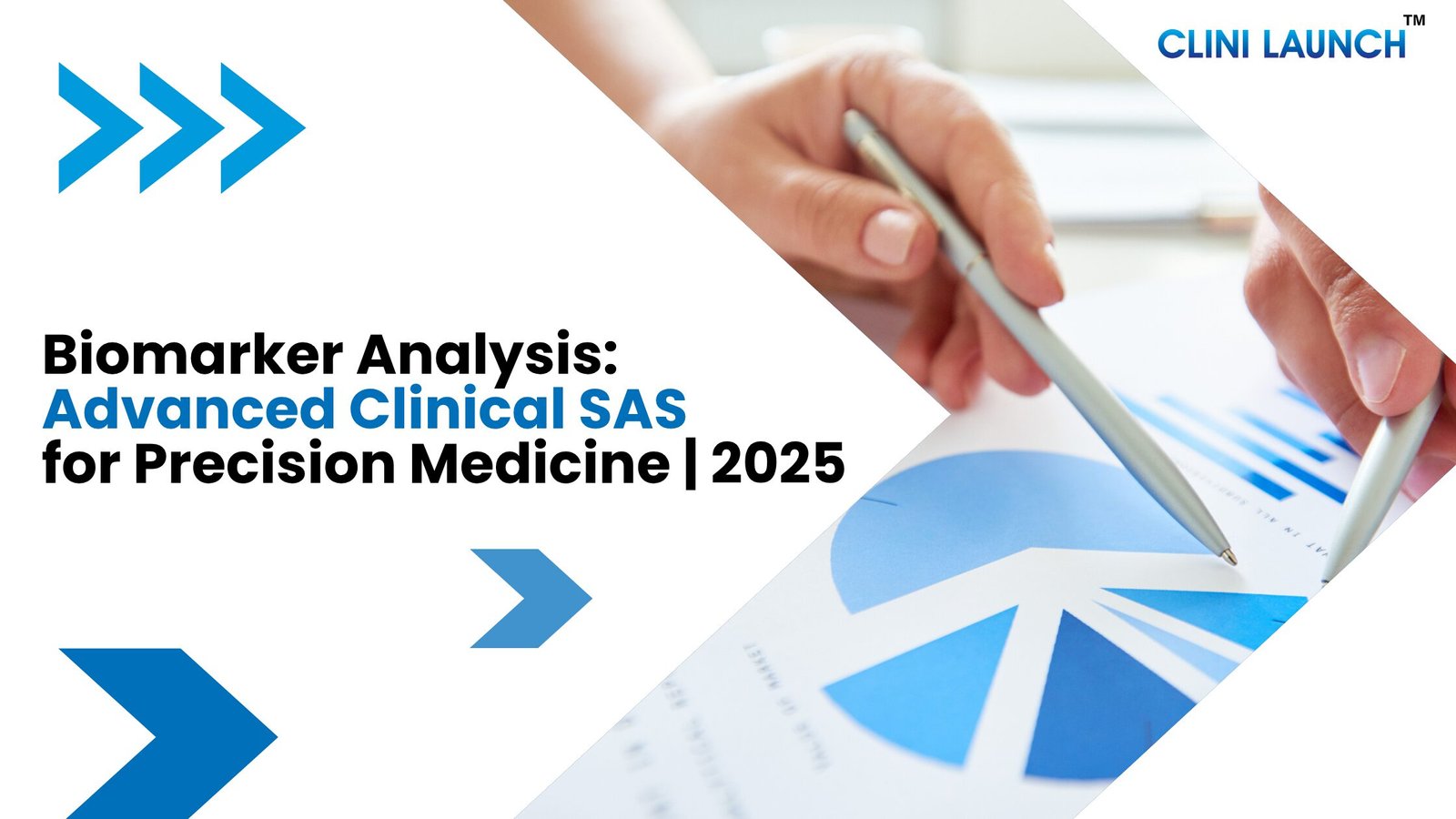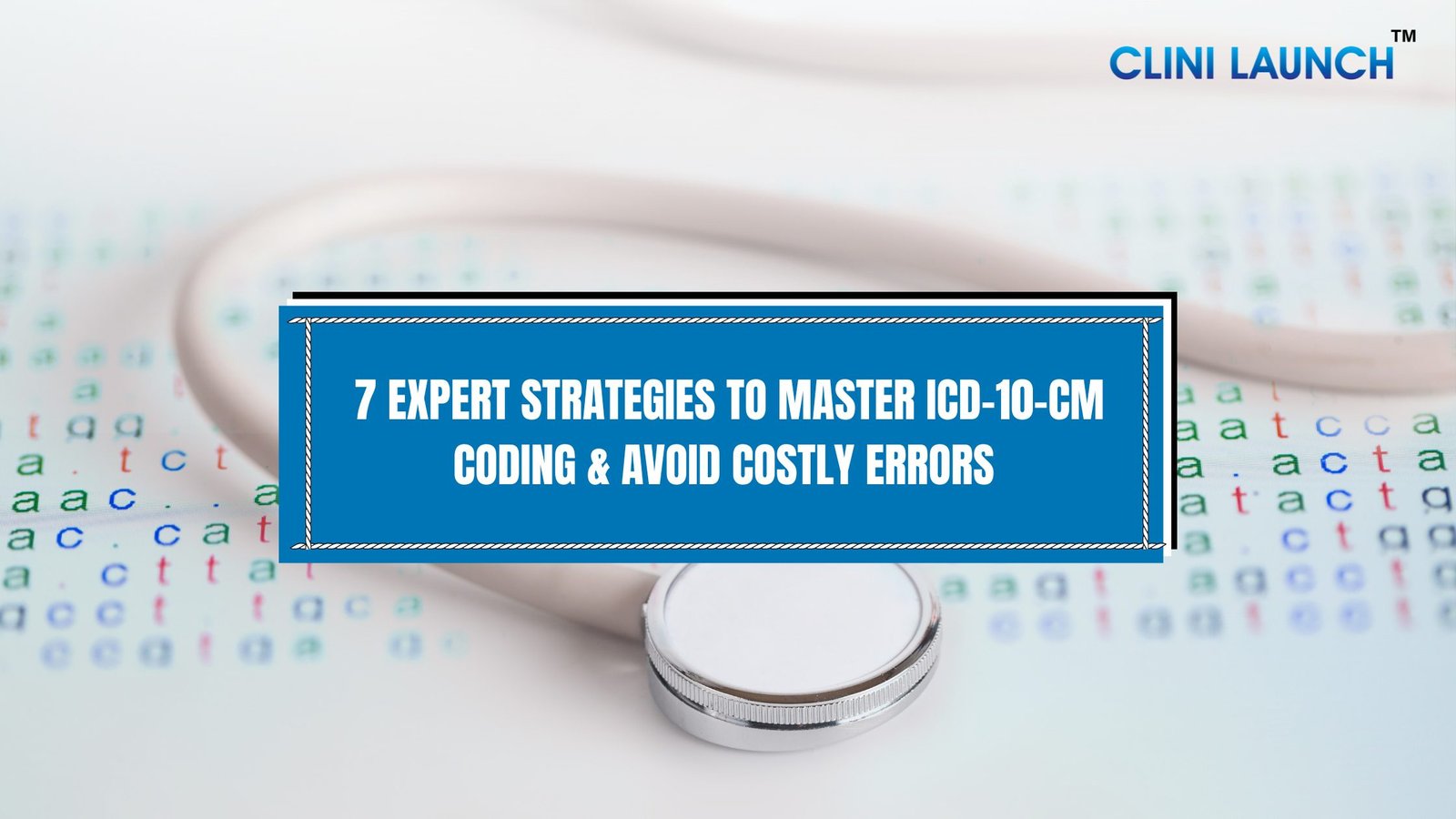Imagine a world where your child’s health remains a mystery, where doctors struggle to pinpoint the cause of their weakening symptoms. This is the reality for millions affected by rare diseases. While each condition may affect a small number of individuals, collectively, rare diseases impact a significant portion of the global population. At the heart of understanding and addressing these complex conditions lies the rare disease genetics. This blog will delve into the profound role of genetics in rare diseases, exploring the groundbreaking advancements in diagnosis and treatment that are offering hope to those affected.
The Genetic Basis of Rare Diseases: Unraveling the Code
Rare diseases often stem from alterations in our genetic code. These changes, or mutations, can occur in a single gene, involve larger chromosomal abnormalities, or affect mitochondrial DNA. When a gene responsible for a specific function is mutated, it can disrupt normal biological processes, leading to a rare disease. One of the challenges in rare disease genetics is genetic heterogeneity – the phenomenon where different mutations in the same gene, or mutations in different genes, can result in similar or overlapping disease presentations. Understanding these diverse genetic underpinnings is crucial for accurate diagnosis and targeted therapies.
Inheritance patterns, such as autosomal dominant, autosomal recessive, and X-linked, play a significant role in determining how rare diseases are passed down through families. Genetic counseling is essential for families to understand their risk and make informed decisions.
How are Genetic Disorders Defined
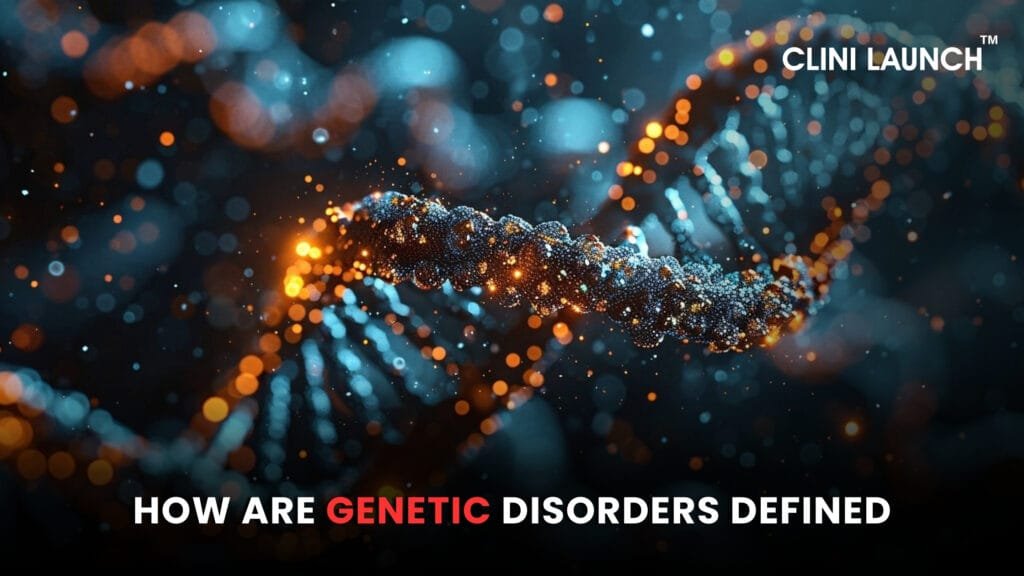
Genetic disorders are a category of illnesses passed down through familial lines, from one or both biological parents. This encompasses a range of congenital anomalies, long-term health conditions, developmental impairments, and sensory deficiencies.
Congenital Anomalies (Birth Defects):
- Deformed cranium
- Neural tube defects, such as spina bifida
- Limb deficiencies (absence or underdevelopment)
- Ocular hypertension (glaucoma)
- Reproductive system malformations
- Herniation of the diaphragm
- Joint contractures
- Inborn heart abnormalities
- Digit abnormalities (missing digits)
- Orofacial clefts
- Lens opacities (cataracts)
Developmental Impairments:
- Psychiatric disorders
- Language difficulties
- Autistic spectrum conditions
- Growth retardation/failure to thrive
- Regression of developmental milestones
- Hypotonia (decreased muscle tone)
- Delayed developmental progression
- Cognitive learning disorders
- Intellectual disability
- Attention deficit and hyperactivity disorder
- Epileptic seizures
Long-Term Health Conditions (Chronic Diseases):
- Mucoviscidosis (cystic fibrosis)
- Hemoglobinopathy (thalassemia)
- Retarded growth or short stature
- Pediatric malignancies
- Coagulation disorders
- Renal or urological disorders
- Hemoglobin S disease (sickle cell disease)
Sensory Deficiencies:
- Retinal or other visual impairments
- Severe myopia (nearsightedness)
- Severe hyperopia (farsightedness)
- Auditory impairment
The global rare disease diagnostics market was valued at an estimated 28.7 billion US dollars in 2019 and is projected to exceed 70 billion dollars by 2030.
Enroll for: PG Diploma in Biostatistics
Advancements in Genetic Diagnosis: Illuminating the Unknown
Progress in understanding the genetic basis of rare diseases has paved the way for innovative treatment approaches. Gene therapy holds immense promise for correcting the underlying defects in rare disease genetics. By introducing a functional copy of a gene or modifying a faulty gene, gene therapy aims to restore normal cellular function. Different gene therapy approaches, such as gene replacement and gene editing, are being explored. Success stories like gene therapy for spinal muscular atrophy (SMA) have demonstrated the transformative potential of this approach. However, challenges remain, including efficient gene delivery, immune responses, and the high cost of these therapies.
Spinal muscular atrophy (SMA), while rare, is the second most common severe hereditary disease affecting infants and children, after cystic fibrosis. It is estimated to occur in 1 out of every 6,000 to 11,000 live births.
Small molecule therapies, which target specific genetic mutations, are another area of significant advancement. These drugs can modulate the activity of proteins encoded by mutated genes, offering therapeutic benefits. Drug repurposing, the process of identifying new uses for existing drugs, is also proving to be valuable in rare disease treatment. Enzyme replacement therapy (ERT) has been a game-changer for lysosomal storage disorders, providing patients with the enzymes they lack. However, ERT has limitations, including the need for lifelong infusions and limited efficacy in certain tissues.
Personalized medicine approaches, tailored to individual genetic profiles, are revolutionizing rare disease management. Pharmacogenomics, the study of how genes affect drug response, is helping to optimize drug therapy and minimize adverse effects. The development of antisense oligonucleotides is also helping to treat certain rare diseases.
CRISPR technology has emerged as a powerful tool for gene editing, offering the potential to precisely correct genetic mutations. While still in its early stages, CRISPR-based therapies are being investigated for a range of rare diseases. However, ethical considerations and safety concerns surrounding gene editing must be carefully addressed.
Navigating the Landscape of Rare Genetic Disorders
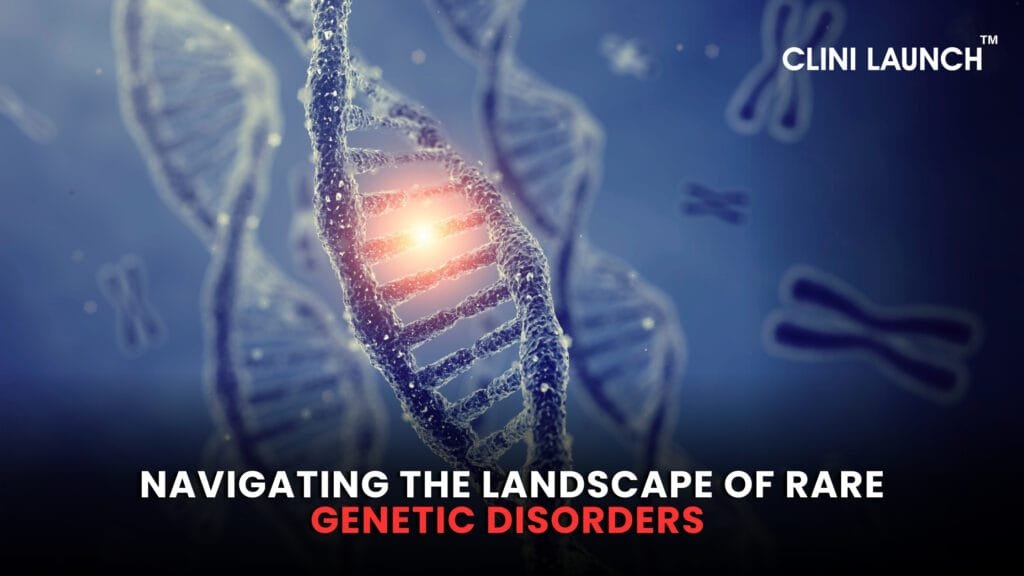
When discussing rare genetic disorders, it’s crucial to recognize the breadth and complexity of the spectrum. While identifying a definitive top 10 list can be challenging due to variations in data sources and definitions, certain conditions are frequently highlighted.
Top 10 Rare Diseases:
The top 10 rare diseases are,
- Huntington’s Disease: A progressive neurodegenerative disorder.
- Cystic Fibrosis (CF): Affects the lungs and digestive system.
- Duchenne Muscular Dystrophy (DMD): Causes progressive muscle weakness.
- Amyotrophic Lateral Sclerosis (ALS) (Some forms): Neurodegenerative disease.
- Hemophilia: A bleeding disorder.
- Spinal Muscular Atrophy (SMA): Causes muscle weakness and atrophy.
- Fabry Disease: A lysosomal storage disorder.
- Gaucher Disease: Another lysosomal storage disorder.
- Multiple Sclerosis (MS) (Some forms): An autoimmune disease affecting the central nervous system.
- Systemic Sclerosis (Scleroderma): An autoimmune disease affecting connective tissue.
10 Different Genetic Disorders:
The 10 different genetic disorders are,
- Fragile X Syndrome: Causes intellectual disability and developmental delays.
- Marfan Syndrome: Affects connective tissue, impacting the heart, eyes, and skeleton.
- Sickle Cell Anemia: A blood disorder causing abnormal red blood cells.
- Turner Syndrome: Affects females, causing developmental issues.
- Down Syndrome: A chromosomal disorder causing intellectual disability and physical abnormalities.
- Phenylketonuria (PKU): An inherited metabolic disorder.
- Tay-Sachs Disease: A fatal genetic disorder affecting the nervous system.
- Neurofibromatosis (NF): Causes tumors to grow on nerves.
- Polycystic Kidney Disease (PKD): Causes cysts to grow in the kidneys.
- Ehlers-Danlos Syndromes (EDS): Affects connective tissue.
Extremely Rare Genetic Disorders:
The extremely rare genetic disorders are,
- These are often so rare that specific named conditions are difficult to list definitively. Examples might include:
- Specific ultra-rare forms of progeria.
- Certain extremely rare chromosomal microdeletions or duplications.
- Very specific and recently described metabolic disorders.
- Conditions with only a few documented cases globally.
- It is important to understand that extremely rare genetic disorders are often found due to advanced genetic sequencing, and new ones are being found all the time.
Most Common Genetic Disorders:
The most common genetic disorders are,
- These are rare, but more common than the extremely rare conditions.
- Hemochromatosis: Causes iron overload.
- Alpha-1 Antitrypsin Deficiency: Affects the lungs and liver.
- Factor V Leiden Thrombophilia: Increases risk of blood clots.
- Certain forms of congenital heart defects
- Certain forms of inherited cancers
Patient Advocacy and Support: A Collective Effort
Patient advocacy groups play a pivotal role in raising awareness, funding research, and providing support to individuals and families affected by rare diseases. Patient registries and data sharing initiatives are essential for accelerating research and improving patient outcomes. Access to care, including genetic counseling, diagnostic testing, and specialized treatments, remains a significant challenge for many rare disease patients. Community and online support groups provide invaluable emotional support and practical advice.
The Future of Rare Disease Genetics: A Beacon of Hope
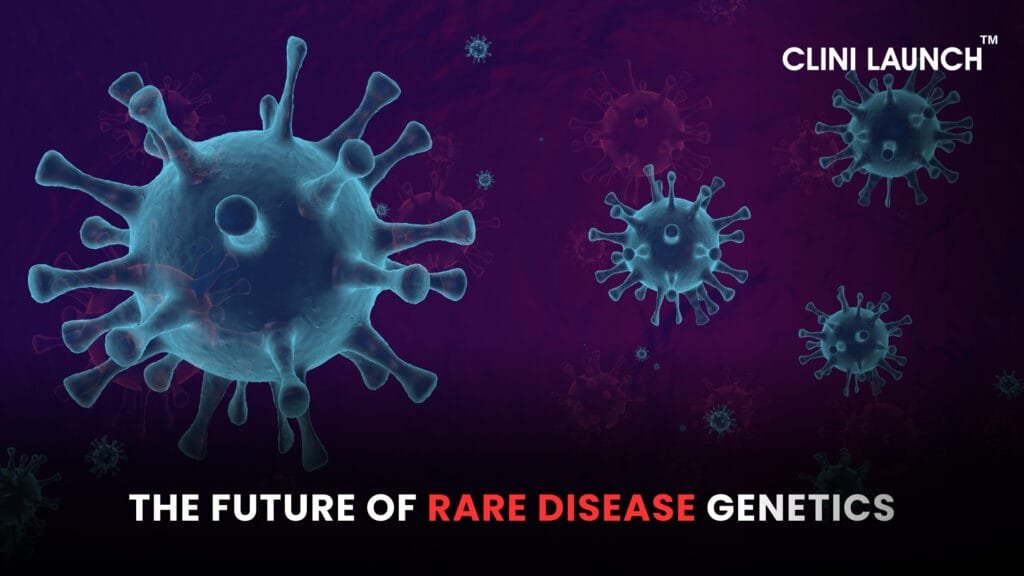
The future of rare disease genetics is bright, with emerging technologies like artificial intelligence and big data offering new avenues for research and diagnosis. Continued research and collaboration among researchers, clinicians, and patient advocacy groups are essential for driving progress. Increased funding for rare disease research is crucial for translating scientific discoveries into clinical applications.
We are entering an era of unprecedented progress in rare disease genetics, offering hope and improved quality of life for those affected.
Conclusion
Advancements in genetic technologies have revolutionized the diagnosis and treatment of rare diseases. From next-generation sequencing to gene therapy, we are witnessing transformative progress that is changing the lives of patients and families. Continued efforts in research, collaboration, and patient advocacy are essential for ensuring that no one is left behind in the fight against rare disease genetics. Let us all support the ongoing efforts to unlock the mysteries of rare diseases and bring hope to those who need it most.
Are you passionate about contributing to this transformative field? The advancements we’ve discussed highlight the growing need for skilled professionals in clinical research, SAS programming, and bioinformatics. CliniLaunch Research Institute offers comprehensive training programs designed to advance your career in these critical areas. Whether you’re a recent graduate or a seasoned professional to upskill, CliniLaunch provides the expertise and resources to help you make a real impact. Explore our programs in Clinical Research, SAS, and Bioinformatics today and take the next step in your career.
References
Global rare disease diagnostics market in 2019 and a forecast for 2030
Rare disease diagnostics market size worldwide 2030 forecast | Statista
Genetic Disorders
Spinal Muscular Atrophy (SMA)
https://my.clevelandclinic.org/health/diseases/14505-spinal-muscular-atrophy-sma




